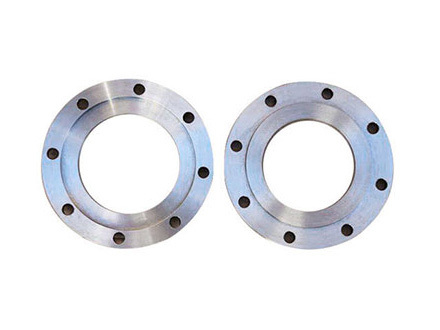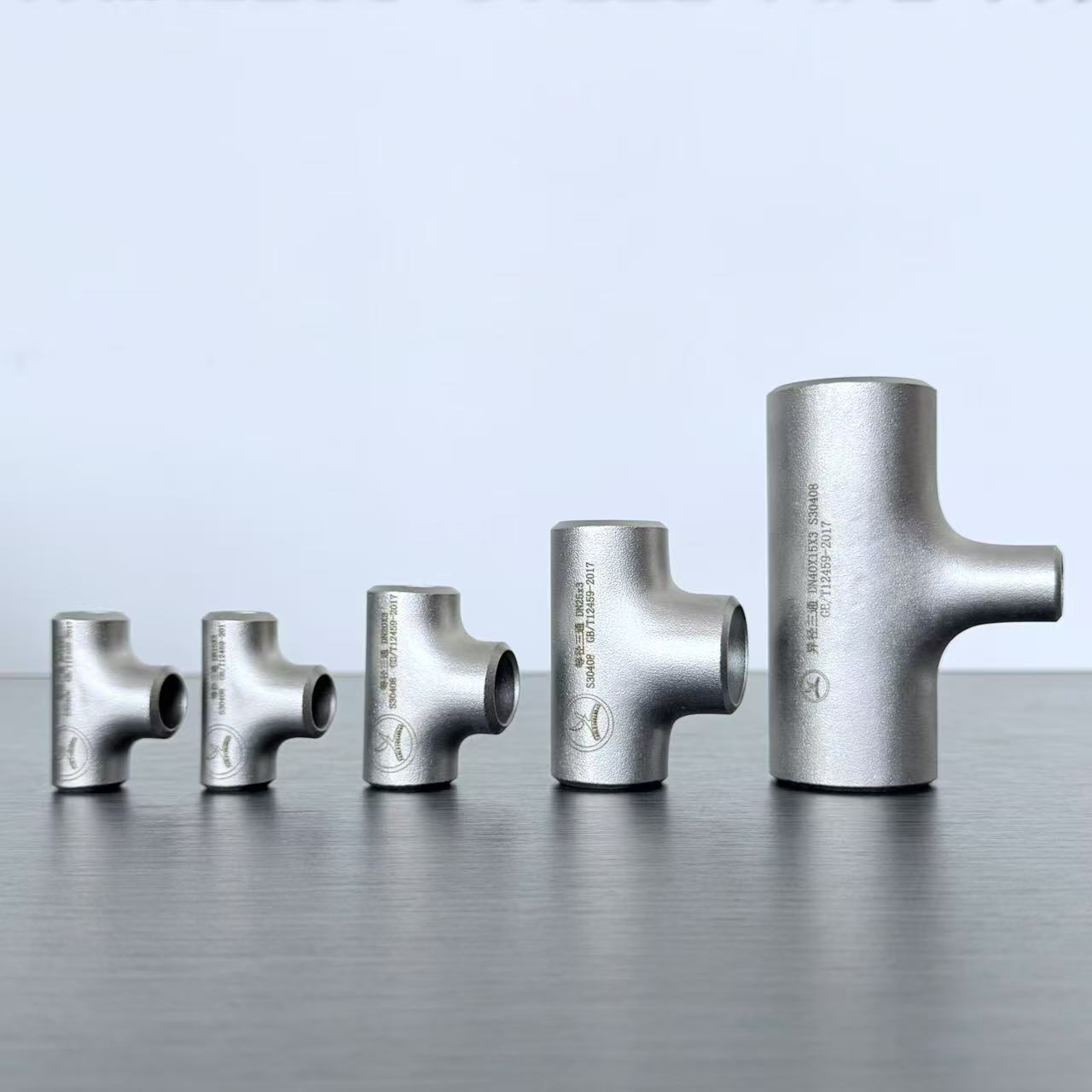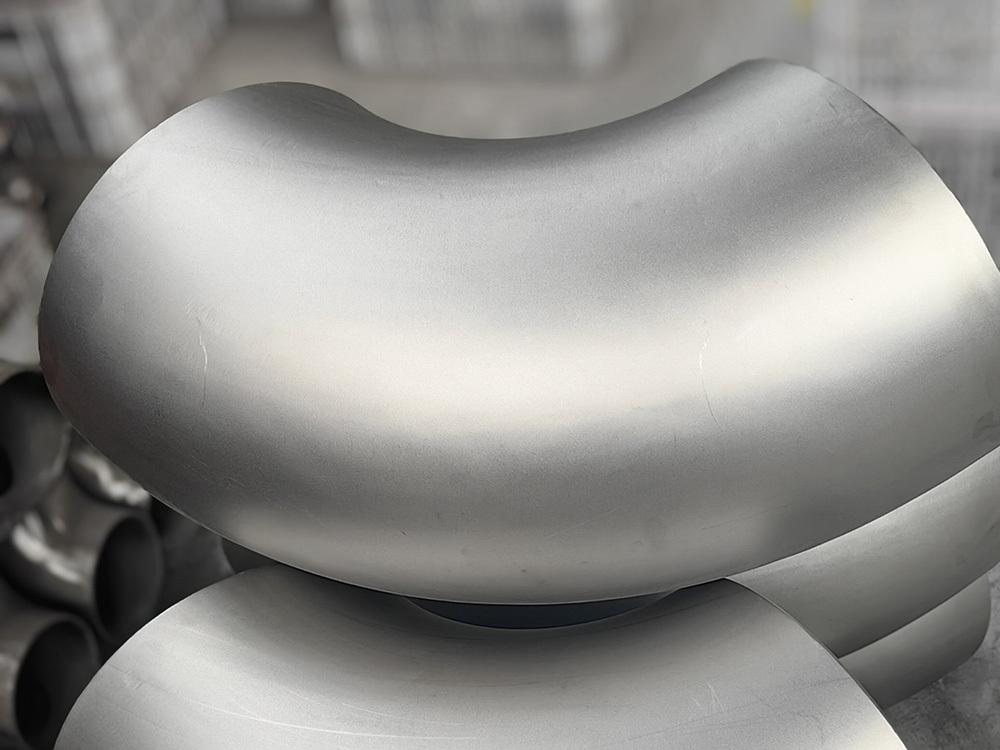The Essential Guide to 316L Stainless Steel Weld Neck Flanges in Construction and Decoration
2025-05-20

316L stainless steel weld neck flanges are essential components in various piping and structural applications within the construction and decoration industries. These specialized flanges are designed to meet rigorous standards, providing both strength and reliability. Made from low carbon content stainless steel, 316L offers enhanced resistance to corrosion, making it an ideal choice for environments exposed to chemicals, moisture, and high temperatures.
One of the primary advantages of 316L stainless steel weld neck flanges is their robust construction. The weld neck design allows for a smooth transition between the flange and the pipe, minimizing stress concentrations and providing a strong, leak-proof seal. This feature is particularly beneficial in high-pressure applications where maintaining integrity is critical. The flanges are often used in conjunction with welding techniques that ensure a seamless connection, which is vital for the longevity of the piping system.
Another significant benefit of 316L stainless steel is its exceptional resistance to pitting and crevice corrosion, especially in chloride environments. This property is crucial for applications in marine environments, chemical processing plants, and various industrial settings where exposure to corrosive agents is a concern. The longevity of 316L stainless steel weld neck flanges means reduced maintenance costs and less frequent replacements, ultimately leading to improved operational efficiency.
When choosing 316L stainless steel weld neck flanges, it is important to consider factors such as the flange size, pressure rating, and compatibility with existing piping systems. Proper selection ensures that the flanges can handle the specific operational demands, including temperature and pressure conditions. Additionally, the standardization of dimensions and ratings in the industry allows for easy integration into existing systems, facilitating smoother project execution.
In construction and decoration, these flanges are often utilized in systems ranging from water and gas pipelines to HVAC applications. Their versatility extends to architectural applications where aesthetic considerations are also important, as the polished finish of stainless steel can contribute to a modern and clean look.
In summary, 316L stainless steel weld neck flanges represent a critical component in the realm of construction and decorative materials. Their durability, corrosion resistance, and ease of integration make them invaluable in ensuring the reliability and safety of piping systems. Understanding their features and applications can greatly enhance decision-making for professionals in the industry, ensuring the successful implementation of projects.
One of the primary advantages of 316L stainless steel weld neck flanges is their robust construction. The weld neck design allows for a smooth transition between the flange and the pipe, minimizing stress concentrations and providing a strong, leak-proof seal. This feature is particularly beneficial in high-pressure applications where maintaining integrity is critical. The flanges are often used in conjunction with welding techniques that ensure a seamless connection, which is vital for the longevity of the piping system.
Another significant benefit of 316L stainless steel is its exceptional resistance to pitting and crevice corrosion, especially in chloride environments. This property is crucial for applications in marine environments, chemical processing plants, and various industrial settings where exposure to corrosive agents is a concern. The longevity of 316L stainless steel weld neck flanges means reduced maintenance costs and less frequent replacements, ultimately leading to improved operational efficiency.
When choosing 316L stainless steel weld neck flanges, it is important to consider factors such as the flange size, pressure rating, and compatibility with existing piping systems. Proper selection ensures that the flanges can handle the specific operational demands, including temperature and pressure conditions. Additionally, the standardization of dimensions and ratings in the industry allows for easy integration into existing systems, facilitating smoother project execution.
In construction and decoration, these flanges are often utilized in systems ranging from water and gas pipelines to HVAC applications. Their versatility extends to architectural applications where aesthetic considerations are also important, as the polished finish of stainless steel can contribute to a modern and clean look.
In summary, 316L stainless steel weld neck flanges represent a critical component in the realm of construction and decorative materials. Their durability, corrosion resistance, and ease of integration make them invaluable in ensuring the reliability and safety of piping systems. Understanding their features and applications can greatly enhance decision-making for professionals in the industry, ensuring the successful implementation of projects.
Blog
The Essential Guide to 316L Stainless Steel Weld Neck Flanges in Construction and Decoration
316L stainless steel weld neck flanges are essential components in various piping and structural applications within the construction and decoration industries. These specialized flanges are designed to meet rigorous standards, providing both strength and reliability. Made from low carbon content stainless steel, 316L offers enhanced resistance to corrosion, making it an ideal choice for environme









